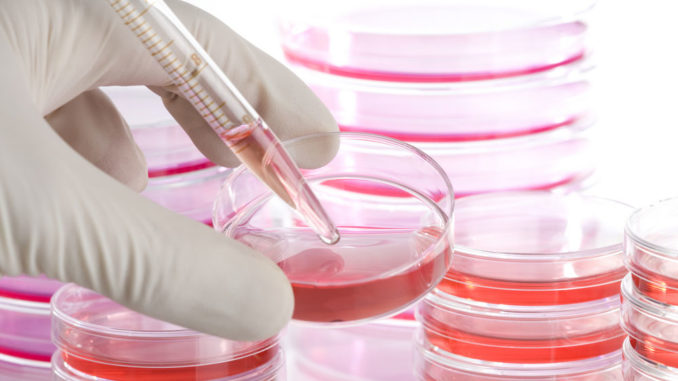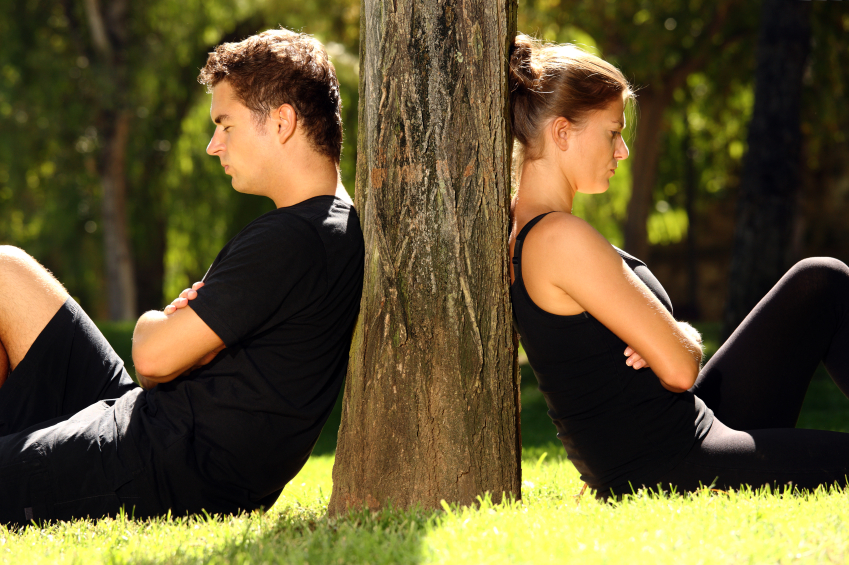
As the health benefits have become clearer, fitness has become a bigger and bigger part of women’s lives. Fitness not only helps women maintain a healthy weight and enjoy other physical and mental health benefits, but with the growth in group fitness, it also often serves an important social function for women.
 Given the major role fitness plays in many women’s lives, injuries can be devastating. Not only can long recovery times prevent women from enjoying the benefits of their workouts, but injuries can negatively affect their quality of life by causing chronic pain or disabilities. It is therefore important that we find ways to help women recover from these injuries faster and with better long-term outcomes.
Given the major role fitness plays in many women’s lives, injuries can be devastating. Not only can long recovery times prevent women from enjoying the benefits of their workouts, but injuries can negatively affect their quality of life by causing chronic pain or disabilities. It is therefore important that we find ways to help women recover from these injuries faster and with better long-term outcomes.
Unfortunately, one of the most widely used interventions for fitness injuries – known as RICE – which stands for rest, ice, compression, and elevation is limited in its effectiveness. Pain medications, such as non-steroidal anti-inflammatory drugs (NSAIDs) like aspirin and ibuprofen can also fail to help athletes truly overcome their injuries. However, when women undergo surgery, they may also experience unwanted side effects. Surgery also tends to require some amount of recovery time in which fitness must fall by the wayside.
Luckily, innovative new techniques using stem cells could offer hope for women looking to quickly recover from their injuries and get back to their fitness routines. This novel approach has been used by professional athletes so that they could return to their sports in a timely way.
Several well known athletes from the National Football League and Major League Baseball have pursued these treatments, as have famous basketball players, golfers, Nascar drivers, rugby players, soccer players, tennis players, and swimmers. Stem cell treatments that have been used in athletes have been used for injuries or conditions that usually involve muscles, joints, tendons, or cartilage and may affect a wide range of areas including the arms, knees, feet, ankles, or neck.
Though the development of these treatments is based on scientific data, the newness of this approach means that there have not yet been several long-term studies to show the positive impact of stem cells. However, one study that was recently conducted help to show the potential of this approach.
In the study, researchers treated baseball players with ulnar collateral ligament (UCL) injuries with what is known as platelet-rich plasma (PRP). The athletes got injections of PRP and then underwent physical therapy. After this intervention, nearly 90% of the athletes were able to return to their sports. The average time to return was 12 weeks.
Stem cells of course will not work in every circumstance, and researchers are still working to understand the best ways to use them to help athletes safely and painlessly return to their athletic lifestyle. As more data are collected on the stem cell approach, more women will be equipped with the information they need to determine if this type of therapy might be right for them.




Be the first to comment